- Traditional Protective Coating Technologies and Their Drawbacks
- Emerging Technologies in Coating Systems
- How New Protective Technologies are Impacting the Industry
- Implement New Coating Technology with Help from Bolair
Paints and protective coatings have been used for tens of thousands of years to boost the visual appeal of surfaces and make them more resistant to environmental wear. At the turn of the Industrial Revolution, the development and production of coating materials and tools rapidly expanded.
Today, that advancement continues to be seen. Various industries around the world use protective coatings, such as the automotive, aerospace, manufacturing, and construction sectors. By staying at the forefront of innovation, these industries and companies can continue to produce high-quality, consistent coatings that protect their products and buildings. Below, we'll outline some of the industry's emerging technologies and how they can be implemented to achieve better coating results.
Traditional Protective Coating Technologies and Their Drawbacks
Coating technology has seen a massive improvement over the years. Traditionally, protective coatings were applied by hand, even as recently as the early 20th century with Henry Ford's Model T car. While compressed paint spraying systems were first developed in the 1880s for use on the Southern Pacific Railroad, they didn't experience widespread use until the 1920s when manufacturing began to explode. These devices have largely remained the same over the ensuing decades with most mechanisms relying on a nozzle, compressor, and paint/material reservoir.
As commonplace as these traditional systems are, they do suffer from several drawbacks, mostly with:
- Materials: Protective coating materials have experienced quite a bit of trial and error throughout the years. Traditional paints have had to be gradually redesigned and reengineered to create the desired functionality.
- User-Error/Consistency/Quality: Handheld systems rely entirely on the competency of a spray technician. This can result in significant quality deficits and an inefficient use of time and company resources.
- Pollution: Traditional materials tend to be extremely harmful to human health and the environment. Volatile organic compounds (VOCs) are present in many of these chemicals and solvents and can release toxic fumes into the surrounding air.
Emerging Technologies in Coating Systems
Fluid handling systems are constantly evolving to solve the challenges discussed above. Many of the leading brands like Graco spray machines have begun to implement these developments into their current products, helping spray technicians and protective coating operations achieve higher-quality results and fewer adverse effects. In general, most of the innovations in spray technology that are underway today focus on materials, smart technologies, and waste reduction.
Material Advancements
Materials science is one of the fastest-growing and most important industries in our modern society. The protective coatings industry is constantly researching and developing new paints, lacquers, thinners, and solvents to improve application.
Many times, what is thought to be an excellent protective material ends up having serious problems. For example, traditional protective metal coatings proved extremely susceptible to corrosion - a problem that powder-coating materials later solved. As materials advance, the protective coating industry can benefit from coatings that last longer, perform better, and retain their visual appeal.
Smart Technologies and Digital Monitoring Tools
One of the most significant improvements that protective coating spray equipment has seen is with digital technology. Spray guns, roof coating systems, spray machines, and all other relevant devices have started to incorporate a range of technological advancements that improve the efficiency, quality, and consistency of spray applications. Some of the major examples of this digital spray equipment technology include:
- Robotics: These advanced coating technologies are used to automate the protective coating process in assembly lines for increased production. They're preprogrammed to ensure that the exact amount of material is sprayed in the exact spot it is needed.
- Digital Monitoring Tools: Many complex systems now rely on remote, real-time monitors to supervise the protective coating process. In a company with many different machines and operators, this allows a supervisor to analyze the productivity of spray technicians and ensure that the correct amount of materials is being used. This data can also be stored and analyzed at a later time to improve processes. Graco's ProConnect technology is a perfect example of this.
- Waste and Emission Reduction Technology: Businesses and environmental regulatory bodies are always looking for ways to reduce carbon footprints and the amount of polluting material that's used. Many manufacturers have started to implement devices that minimize waste and emissions, such as high-volume, low-pressure (HVLP) spray guns, quick transfer pumps, and automatic flushing mechanisms.
How New Protective Technologies are Impacting the Industry
New technologies like the ones listed above have drastically transformed the protective coating industry for the better. The three main improvements that spray operations will notice relate to application efficiency, application quality, and sustainability.
1. Improved Application Efficiency
Time is typically the most valuable resource for any contractor or company. By incorporating spray technology that reduces change-over speed, covers more area, and reduces the number of coatings, significant production savings can be realized.
2. Higher-Quality Results
Above all else, protective coating evolutions will improve a sprayed surface's end quality. New equipment, especially when robotics are used, will dramatically reduce the number of errors that are commonly experienced with older spray mechanisms, such as overspray and winking.
3. Better Environmental Sustainability
As society begins to better understand the destructive effects of harmful chemicals, compounds, and materials, sustainable spray solutions will continue to evolve to mitigate those effects. This will consequently reduce chronic illnesses and environmental pollution.
Implement New Coating Technology with Help from Bolair
As a protective coating contractor, technician, or business owner, it's your responsibility to stay up-to-date with the changing functions and features of protective coating spray equipment. By regularly evaluating your equipment and investing in upgrades when necessary, you can ensure that you're achieving optimum performance out of your spray coating system.
Here at Bolair, we carry all the latest protective coating machines, spray guns, and accessories - all from leading industry brands. We are at the cutting edge of innovation and can help you find the perfect modern machine for your application. Contact us today to learn more.

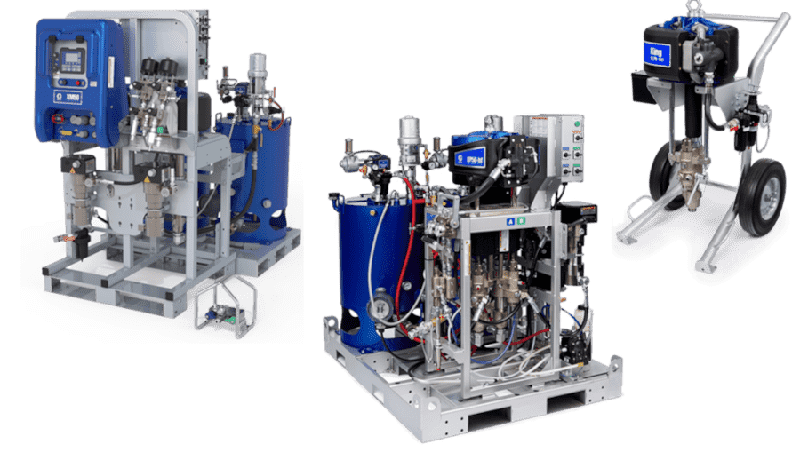


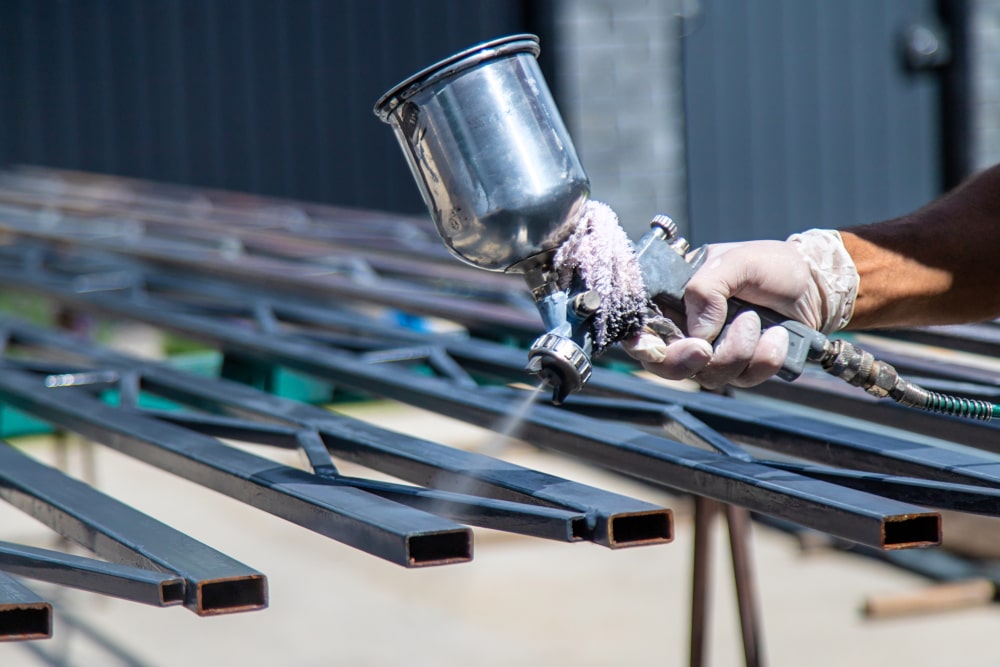
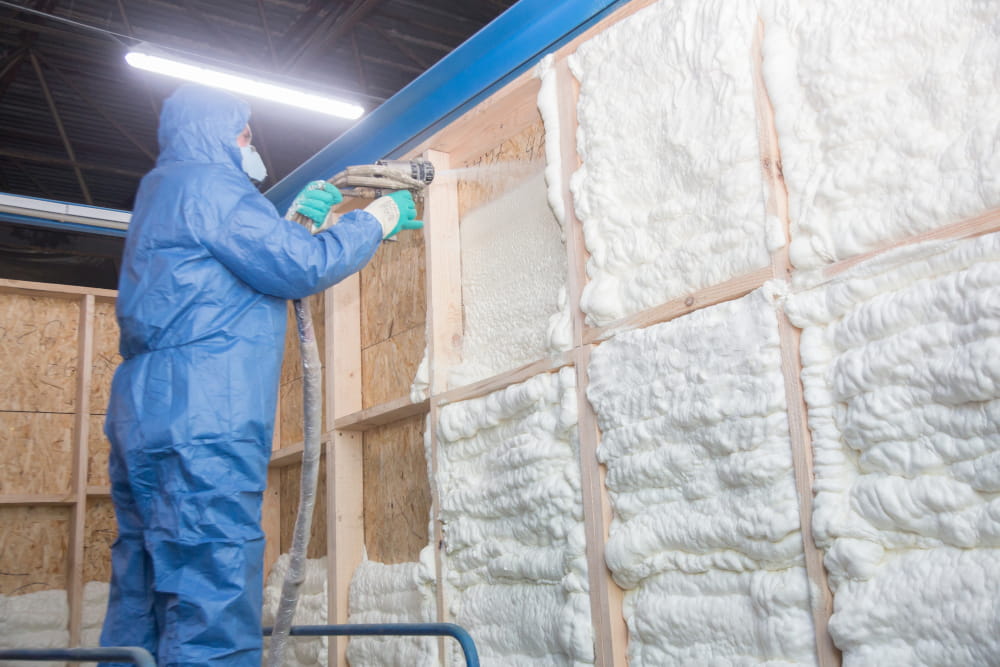
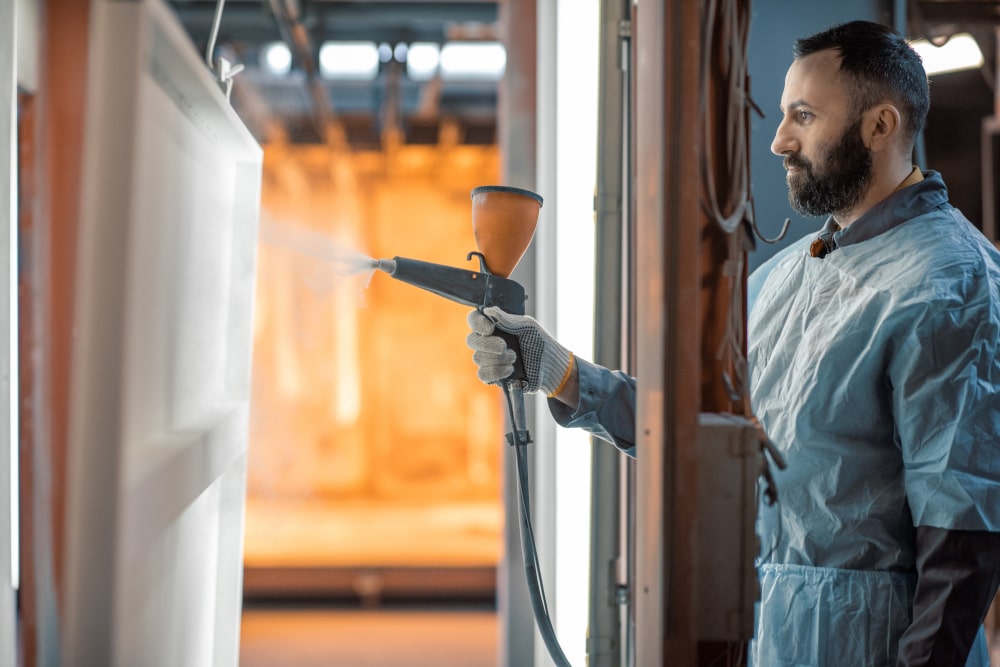
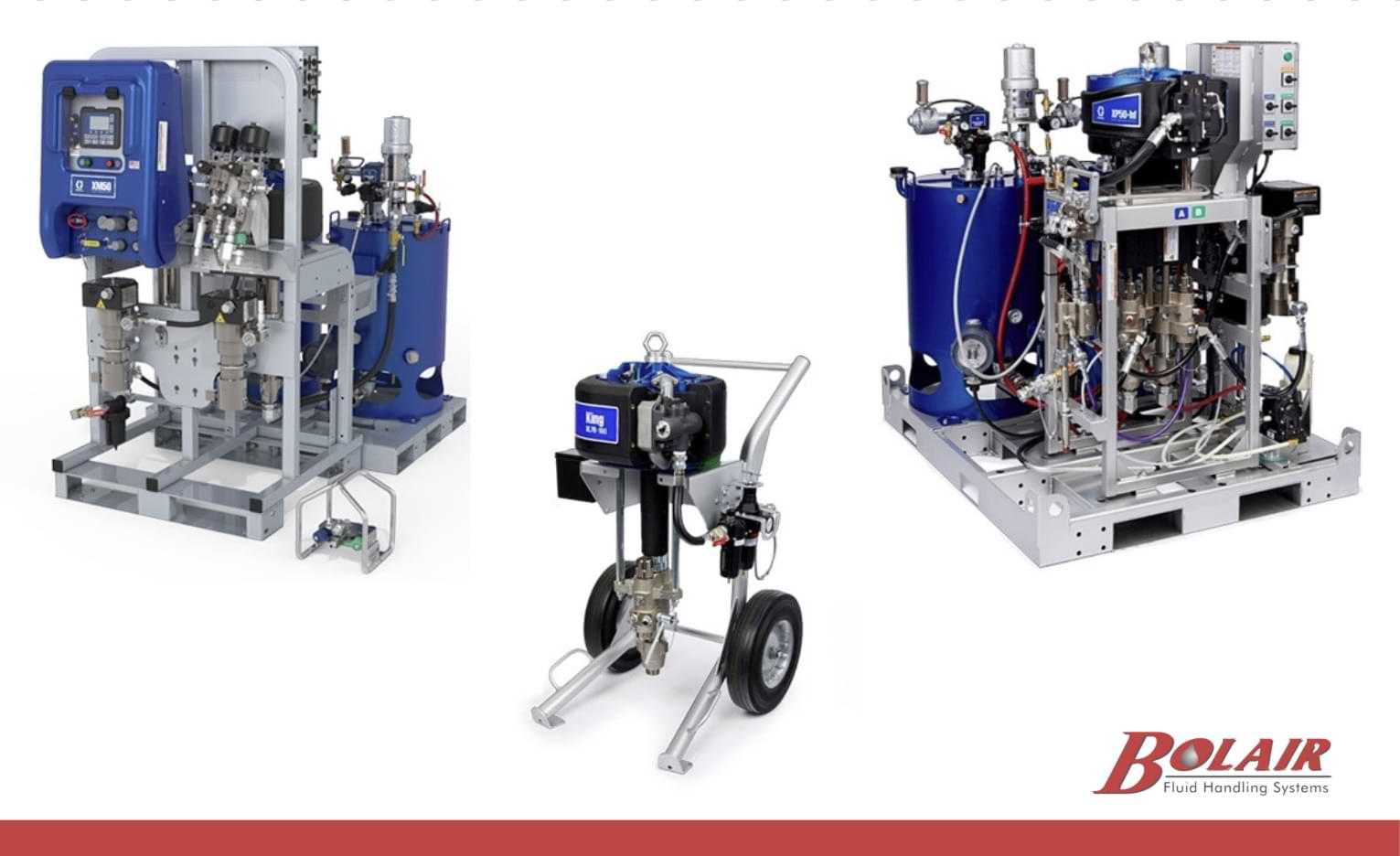
Validate your login
Sign In
Create New Account